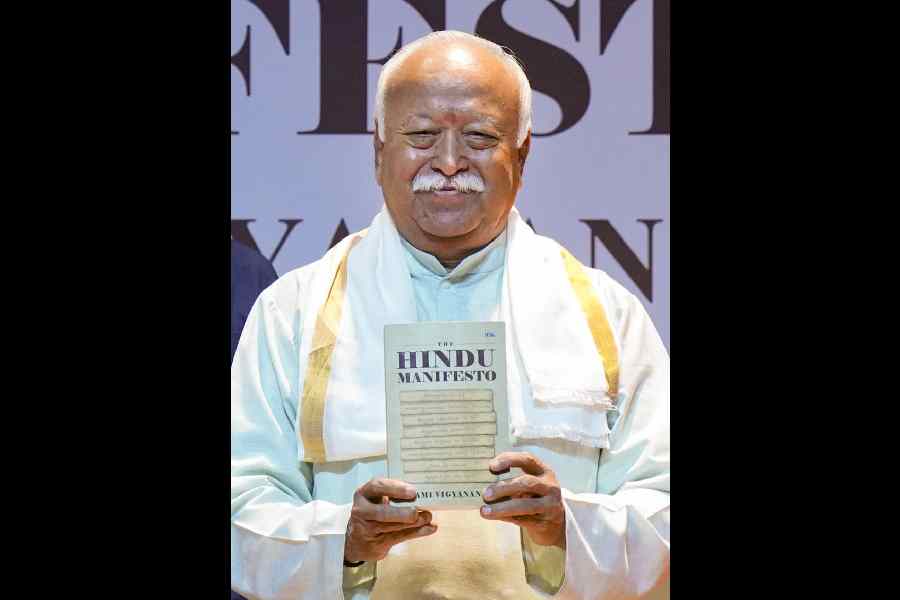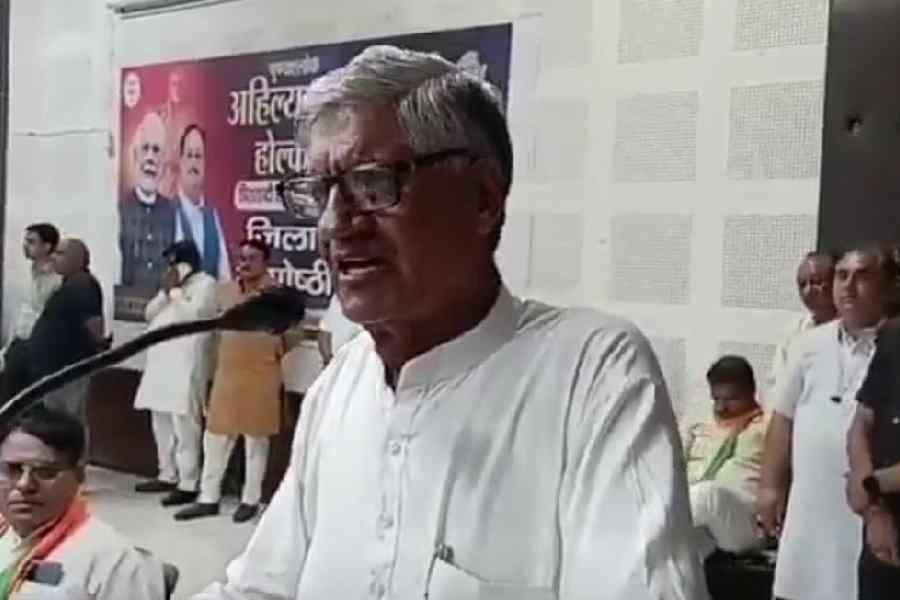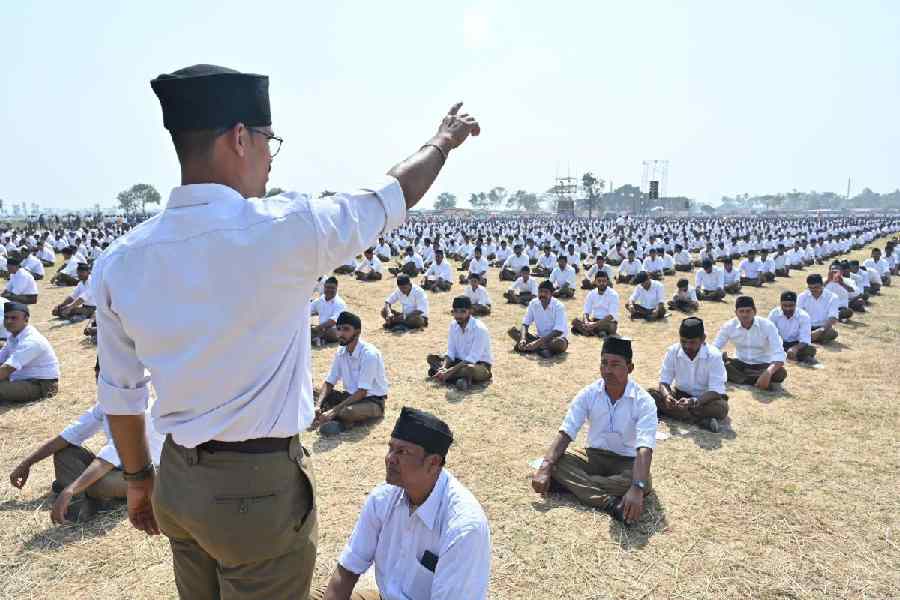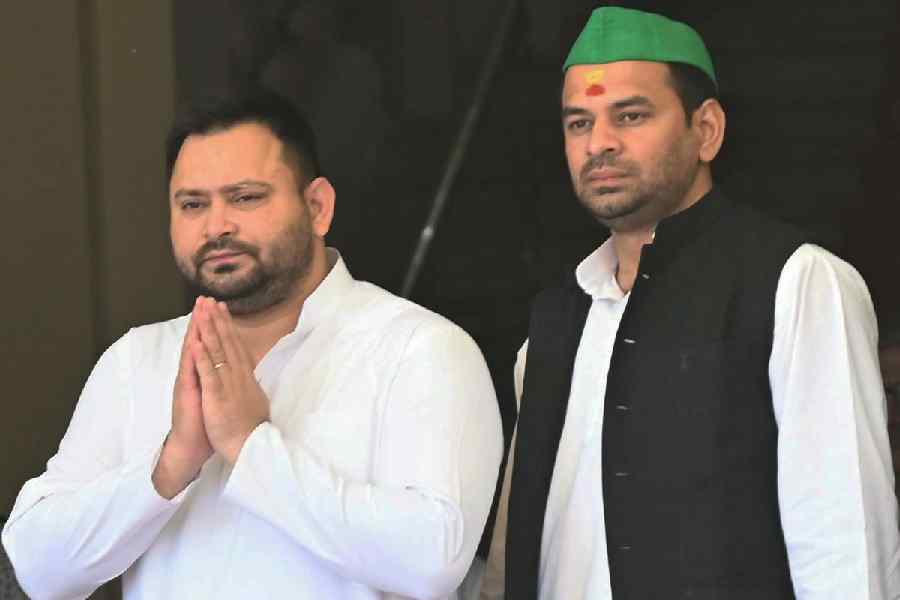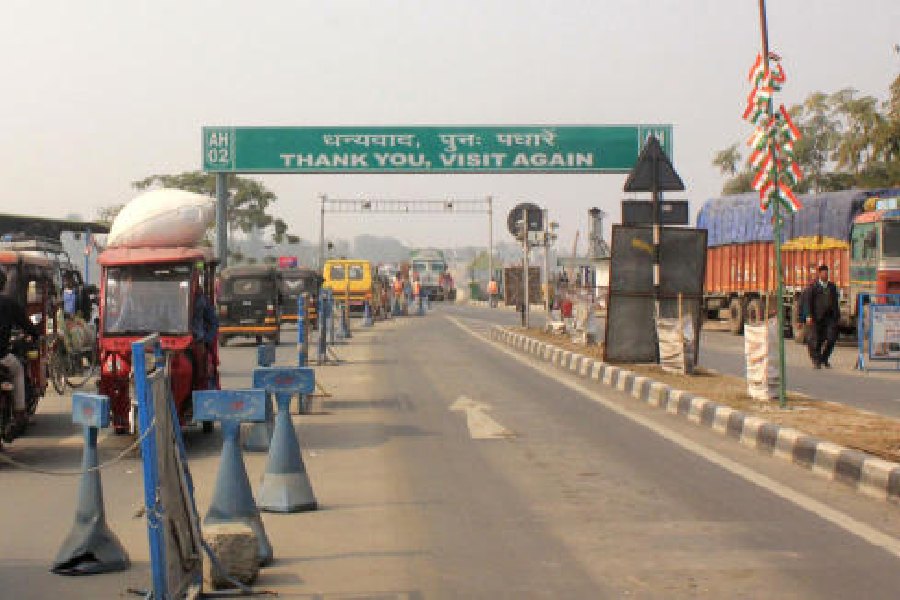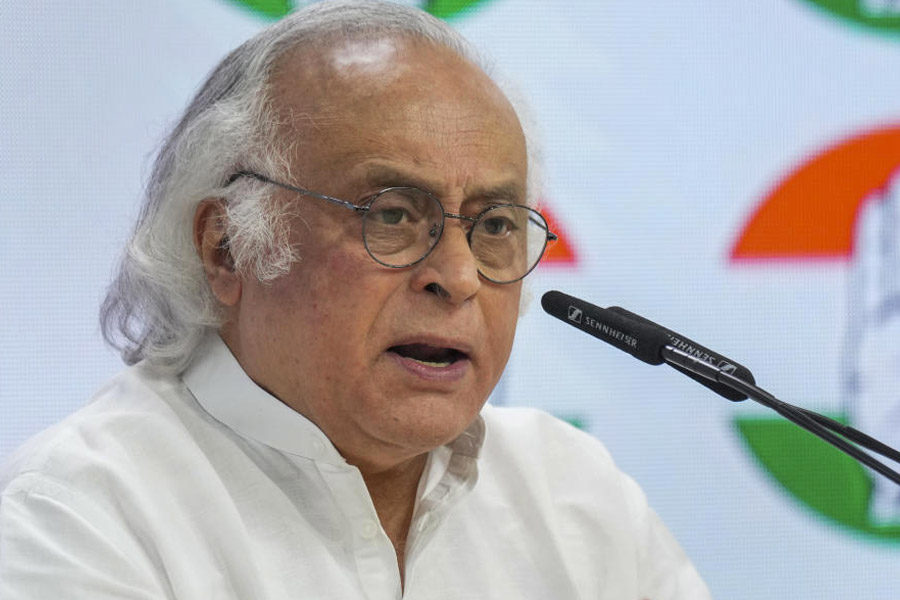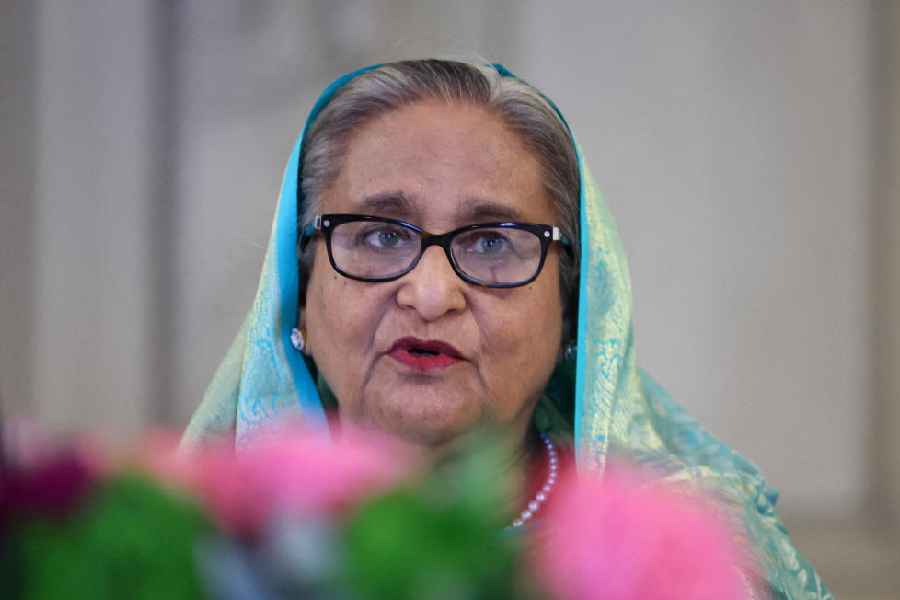 |
| Gyanendra |
New Delhi, April 16: Prachanda’s Maoists have pushed Nepal’s 238-year-old Bir Bikram Shah dynasty closer to the end of its days, but King Gyanendra may not be under any pressure to escape his country.
He hasn’t been deposed in a bloody coup, and the Maoists are quite happy to have him stay on as an “ordinary citizen”.
Describing reports that King Gyanendra was looking for “safe haven” in India as “wild speculation”, a senior Maoist leader told The Telegraph on the phone from Kathmandu, “where is the need? We are changing over from a monarchy to a republic in a slow and democratic way. The king may not have a place in the future political set-up but that does not mean he is being chased out of Nepal, or that he has reason to perceive any threat to himself.”
The Maoists’ stunning victory — few, including the Maoists, expected such a Red run — has kindled Kathmandu’s many rumour mills and conspiracy theorists.
One of them had it that the king’s men had raided luggage sections of the capital’s big stores and bought off the last suitcases available — Gyanendra and family are packing up for good, the rumours went.
He’s headed for Sikar, in Rajasthan, some said, which is home to Princess Himani, Gyanendra’s daughter-in-law. Dehra Dun or Bangalore, others said, safehouses have already been identified and prepared for a contingency. There may, indeed, have existed such an “escape” plan.
At the height of the political deadlock in Nepal last year, when Delhi was still backing a constitutional monarchy, it is believed to have offered to host Gyanendra and his family at locations near Dehra Dun or Bangalore in case of an emergency. But that offer, sources say, is now void.
There does exist a history to Delhi providing sanctuary to the Nepali royal family. In 1950, when Nepal was under the Rana rule, the then King Tribhuvan left the palace pretending he was going on a picnic and took refuge with his entire family in the Indian embassy in Kathmandu. Jawaharlal Nehru then had King Tribhuvan and his clan evacuated to Delhi against the wishes of the Ranas.
That episode had an ironic twist: the only royal left behind was Gyanendra, then only four. The Ranas had him crowned a dummy king — Gyanendra’s first truncated spell as “avatar of Vishnu” — until Tribhuvan returned to assume reign after a Nehru-brokered deal with the Ranas and the Nepali Congress.
But that history isn’t about to be repeated. Sources close to the palace suggest that escape or exile aren’t among Gyanendra’s current pre-occupations, although his second term as king too is about to be terminated.
On the contrary, he is said to be looking for ways to retain relevance for himself and his dynasty in Nepal’s public and political life. “He is a gritty man, he won’t give up so easily,” a former member of Gyanendra’s advisory council said. “He still has support in influential sections of the army, he will have some supporters in the new Constituent Assembly, he will use all of that to leverage a role. One of the things he is not planning on is to leave the country.”
One report from Gorakhpur even suggested Gyanendra had sent emissaries to high priests there probably in order to test last-ditch prospects of creating a “Hindu-backlash” in support of rescuing the “Hindu kingdom” from extinction.


